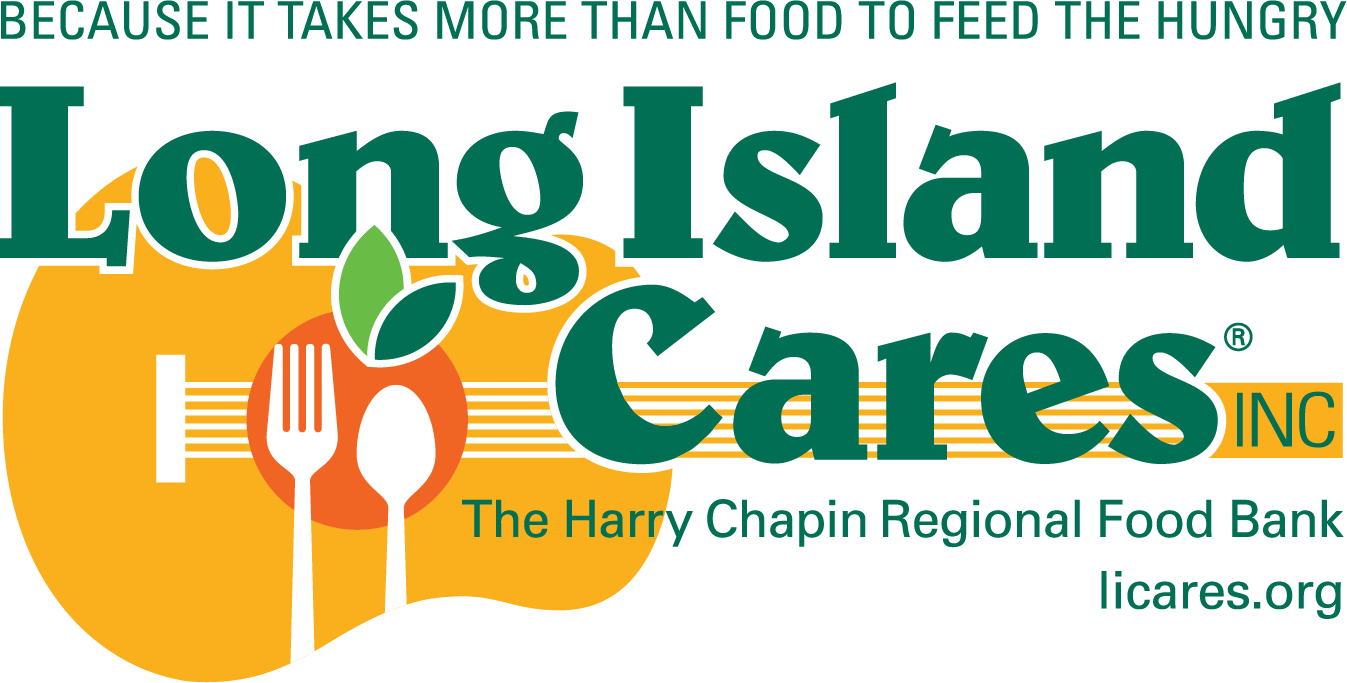The State of Food Insecurity on Long Island
The last time the prevalence of hunger and food insecurity on Long Island was researched was in 2014 when Feeding America published the findings of their “Hunger in America Study.” Since then, we’ve seen the impact of the country’s longest government shutdown, a global pandemic, and rising inflation affect the quality of life for many Long Islanders. That’s especially true for the nearly 230,000 people that rely upon the emergency food network in Nassau and Suffolk County.
Over the last eight years, we have opened an additional six food bank locations, bringing our total to eight. There, our staff interacts with people coping with root causes of hunger, such as poverty, unemployment, immigration status, aging, homelessness, and more.
With access to nearly 70,000 people annually visiting our satellite centers, we were able to design a questionnaire and assist visitors in completing it. We also had the participation of Stony Brook University’s Women in Science and Engineering and seven of our outside member agencies, which helped with data collection among the people they serve. The final document – “The State of Food Insecurity on Long Island” – describes the findings of our research based upon interviews with 1,014 respondents. While the findings may not shock everyone, the data provide us with enough to warrant our concern, attention, and collaborative response.
Our staff, including myself, are often asked, “Who is facing food insecurity?” Unfortunately, that’s often followed by questions about people “gaming the system.” Hopefully, the findings of our study reveal that food insecurity is a significant issue, impacting many sectors of our population. The study reveals that most households struggling with food insecurity represent families of between 1-4 people (72%), with 27% of families with 5-9 people. When asked about marital status, 45% of respondents are married, and 30% are single. Also, 6% are widowed, 9% are divorced, and 5% live with a domestic partner.
Adults between the ages of 18-64 needing food assistance represent 49% of the population; 30.5% are children, and 20.5% seniors. Fifty-eight percent of the people interviewed reported utilizing a food pantry for more than a year. When it comes to diversity, 54% of the food insecure identify as Hispanic or Latinx, with 18% identifying as African American. Therefore, most (74%) people are people of color.
When it comes to education, 64% report having some schooling, including completing high school. Forty percent are employed full- or part time, while 23% are retired. One of the most startling findings is that 55% of our respondents earn less than $25,520 a year, and another 25% earn less than $50,000 annually. Thirteen percent of the population report earning no income.
The findings of our study will be shared with Long Island elected officials to engage them in a meaningful dialogue about the needs of our region when it comes to food insecurity. We must make effectual change. My column represents only half of our findings. If you would like a copy of the full report, email me at [email protected]
Paule T. Pachter, A.C.S.W., L.M.S.W.
Chief Executive Officer
Long Island Cares, Inc.
